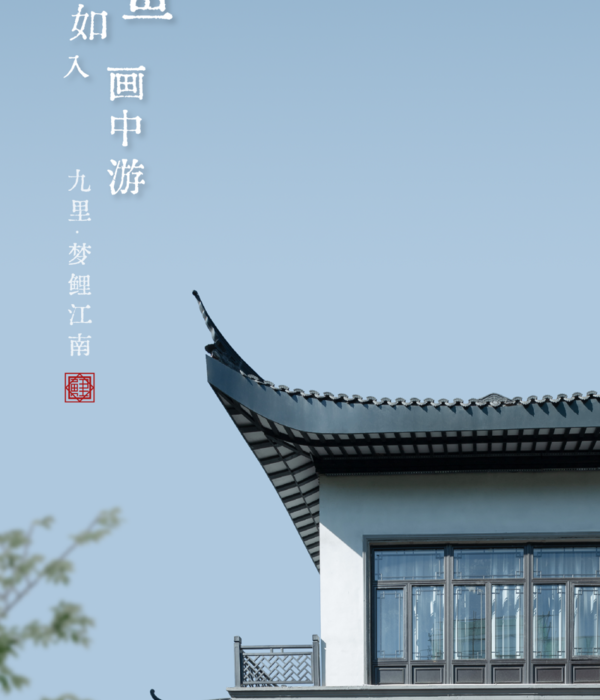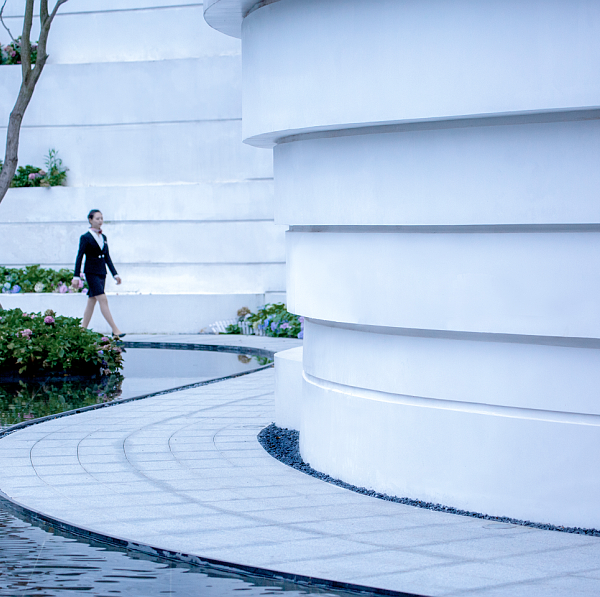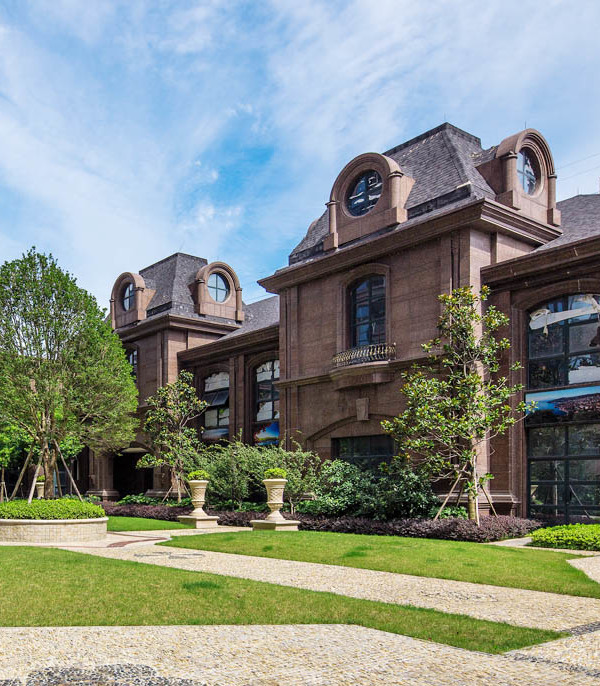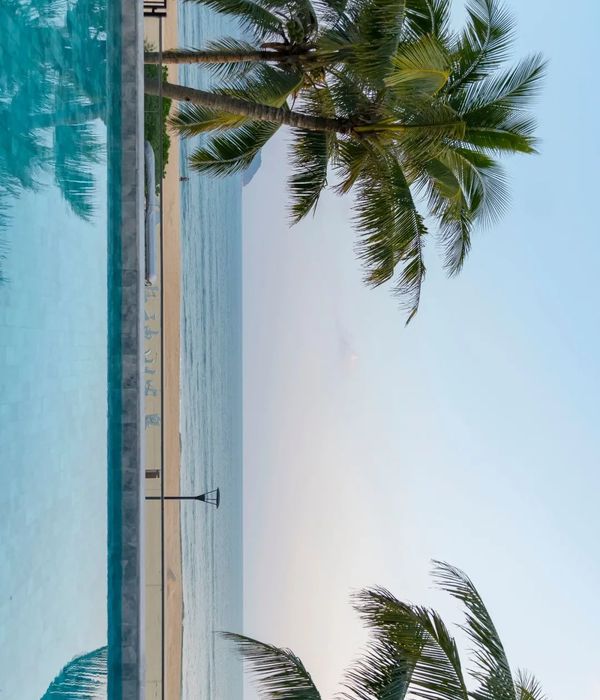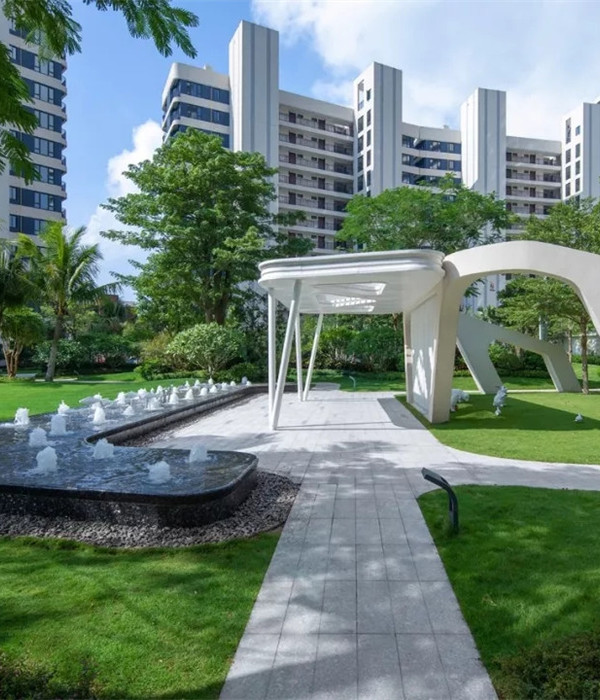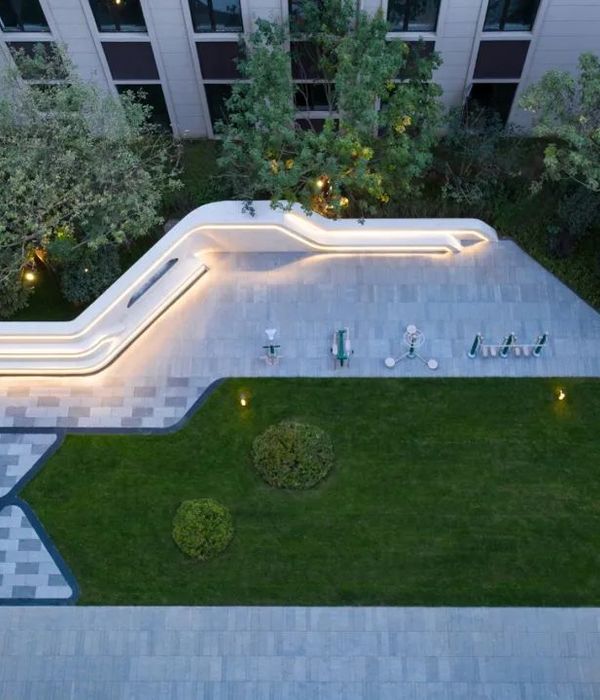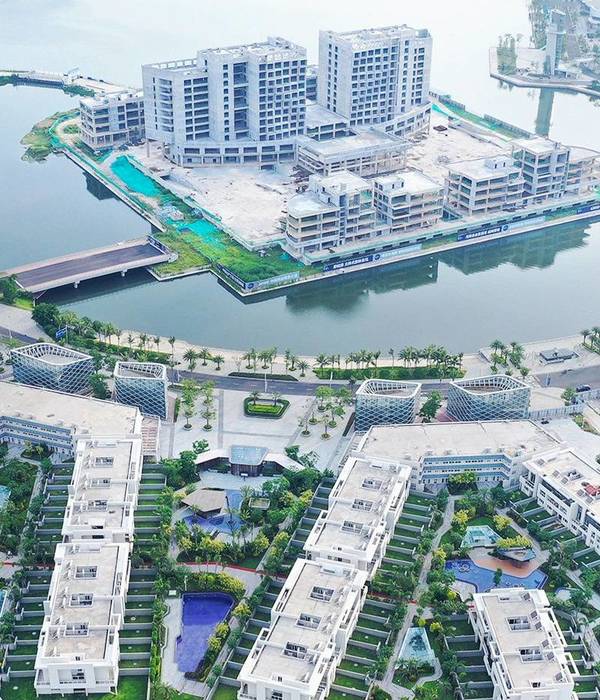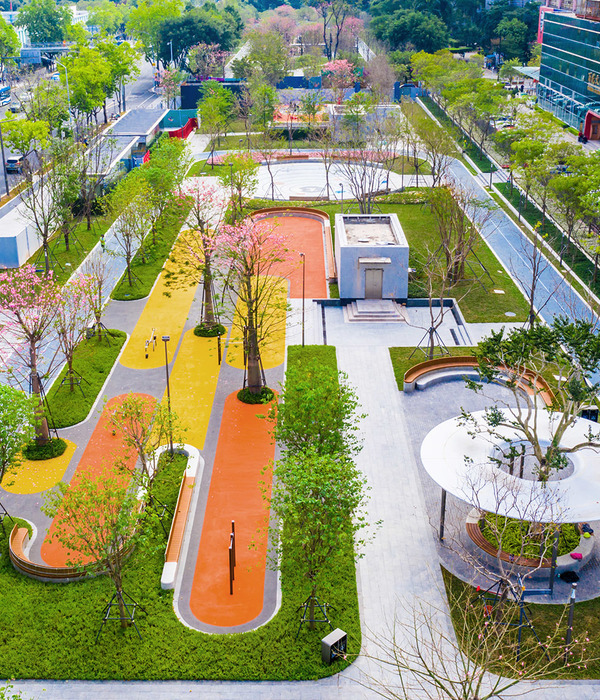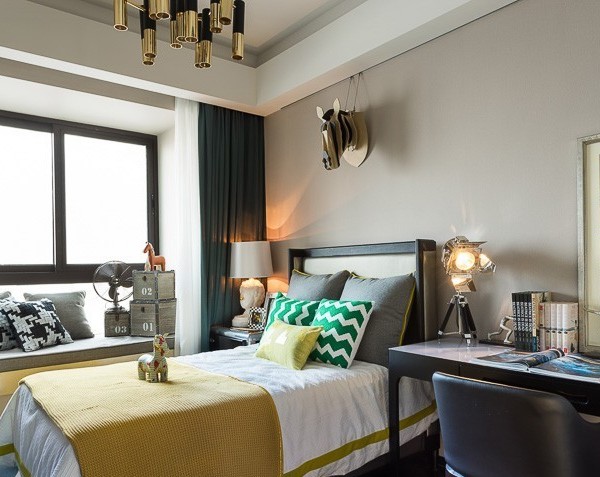Aura, Edoardo Tresoldi’s intervention at Paris’ Le Bon Marché Rive Gauche
“Aura” is the title of Edoardo Tresoldi's site specific installation taking place in Paris from September 6th to October 22nd within the prestigious Le Bon Marché Rive Gauche. The Italian artist joins Tadao Ando, Ai Weiwei and Chiharu Shiota, who have exhibited their works here in the recent years.
Inspired by Neoclassicism and the Italian Renaissance palazzo, Tresoldi has developed a reflection on the passing of time and the transformation of matter, from classical forms to contemporay content, through the concept of architecture in ruins.
A suggestion outlined with the construction of two domes, one in wire mesh and one in corrugated sheet metal, a material that he uses here for the first time. The set-up of the 8-meter-long ephemeral installations, suspended from the majestic glass ceilings designed by Gustave Eiffel, required five nights of work.
With the Parisian exhibition, Tresoldi’s artistic research moves ahead and is enriched with further nuances: unlike the absolute garden of Archetype, realized in Abu Dhabi, the relationship between man and architecture is unveiled here through imperfection, in a temporary balance between past and future.
Fragments of the past and an integral part of the Western imaginary, between form and anti-form, ruins are imbued with what Walter Benjamin has defined 'Aura', "the unique appearance of a distance”, the magical and supernatural force arising from their uniqueness.
Contemporay ruins: the diptych The two elegant art installations have an almost identical shape but different physical characteristics. They embody two different sides of architectural history.
The wire mesh artwork refers to the soul of the shape, the ethereal dimension of another world. Its subtractive aesthetic, expressed through lightness and the depiction of absence, recalls the spiritualism of nothingness, the nostalgia for the vanished.
The one in corrugated metal sheet is, instead, an organic wreck, an empty shell. Same as an abandoned nest, it is a witness to a life born therein before leaving for somewhere else; it relates to the terrestrial dimension, telling the passing of time.
Assaulted by the erosion of events, it represents a return of architecture to nature, presenting itself as an elegy of the caducity of matter.
The two artworks express a dichotomy but are, at the same time, in constant dialogue and interpenetration. Both become pure structural essence and narrate a space-time dimension that is not part of the present, but rather an architectural ghost evoked by the decomposition of shapes and the use of industrial materials.
“Aura” is part of the entire DNA of architecture, recomposing its identity through a deconstruction process.
Suspended in the halls of Le Bon Marché, the two artworks are, in the words of the artist, “like relics on display in an 18th century natural history museum. By observing them, visitors trace back the historicity of architecture through its components.”
All pics by Roberto Conte
Aura Edoardo Tresoldi 09.06 - 10.22.2017
From Monday to Sunday 10.00 am – 08.00 pm Thursday 10.00 am – 08.45 pm
Le Bon Marché Rive Gauche 24 rue de Sèvres Paris
[FR]
Aura, l’installation d’Edoardo Tresoldi au Bon Marché Rive Gauche de Paris
«Aura» est le titre de l’installation site-specific d’Edoardo Tresoldi qui se tient à Paris, au sein du prestigieux Bon Marché Rive Gauche, du 6 septembre au 22 octobre. L’artiste italien rejoint Tadao Ando, Ai Weiwei et Chiharu Shiota, qui ont exposé ici au cours des dernières années.
Inspiré aux palais de la Renaissance et au Néo-classicisme, l’artiste italien a développé une réflexion sur le passage du temps et la transformation de la matière, du classicisme des formes à la contemporanéité des contenus, à travers le concept d’architecture en ruine. Une suggestion qui se décline dans la réalisation de deux coupoles, l’une en treillis métallique, l’autre en tôle ondulée, un matériel qu’il utilise ici pour la première fois.
L’installation des deux architectures éphémères de huit mètres de longueur, suspendues aux majestueuses verrières réalisées par Gustave Eiffel, a exigé cinq nuits de travail.
Avec l’exposition parisienne, la recherche artistique de Tresoldi poursuit son parcours en ajoutant de nouvelles nuances : contrairement au jardin absolu Archetipo, œuvre réalisée à Abu Dhabi, ici la relation entre homme et architecture est dévoilée à travers l’imperfection, dans un équilibre temporaire entre passé et futur.
Fragments du passé et partie intégrante de l’imaginaire occidental, en équilibre entre forme et anti-forme, les ruines sont imprégnées de ce que Walter Benjamin a défini l’« Aura », l’ « apparition unique d’une distance », la force magique et surnaturelle qui exhale de leur unicité.
Ruines contemporaines : le diptyque
Les deux élégantes installations, qui ont une forme presque identique mais se différencient quant aux matériels utilisés, incarnent deux cadres différents de l’histoire de l’architecture.
L’œuvre en treillis métallique se réfère à l’âme d’une forme, la dimension éthérée d’un autre monde. Son esthétique soustractive, exprimée à travers la légèreté et l’évocation de l’absence, évoque le spiritualisme du rien, la nostalgie pour ce qui a disparu.
Par contre, l’œuvre en tôle ondulée est une épave organique aux semblances mécaniques, une coquille vide. Comme un nid abandonné, elle témoigne d’une vie volée ailleurs ; elle se réfère à la dimension terrestre et raconte le passage du temps. Prise d’assaut par l’érosion des événements, elle représente le retour de l’architecture à la nature, se posant comme élégie de la caducité de la matière.
Les deux œuvres expriment une dichotomie mais sont, en même temps, en compénétration et dialogue constants. Les deux deviennent pure essence structurelle et racontent une dimension espace-temps qui n’appartient pas au présent, évoquée à travers la décomposition des formes et l’utilisation de matériels industriels.
« Aura » fait partie de l’entier ADN de l’architecture : elle en recompose l’identité à travers un processus de déconstruction.
Suspendues dans les grands halls du Bon Marché, les deux œuvres sont, avec les mots de l’artiste, « comme des épaves exposées dans un musée d’histoire naturelle du XVIIIe siècle. En les observant, les visiteurs retracent l’histoire de l’architecture à travers ses composants. »
Toutes les photos ont été prises par Roberto Conte.
{{item.text_origin}}

